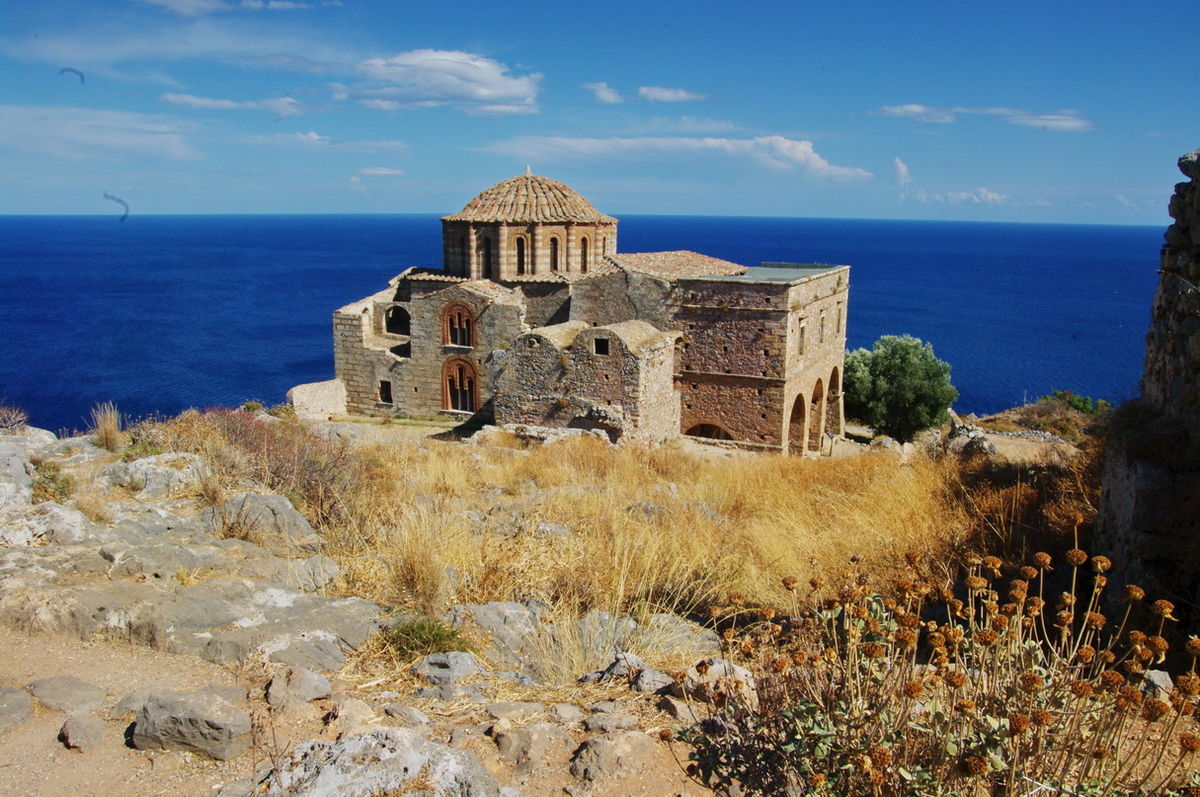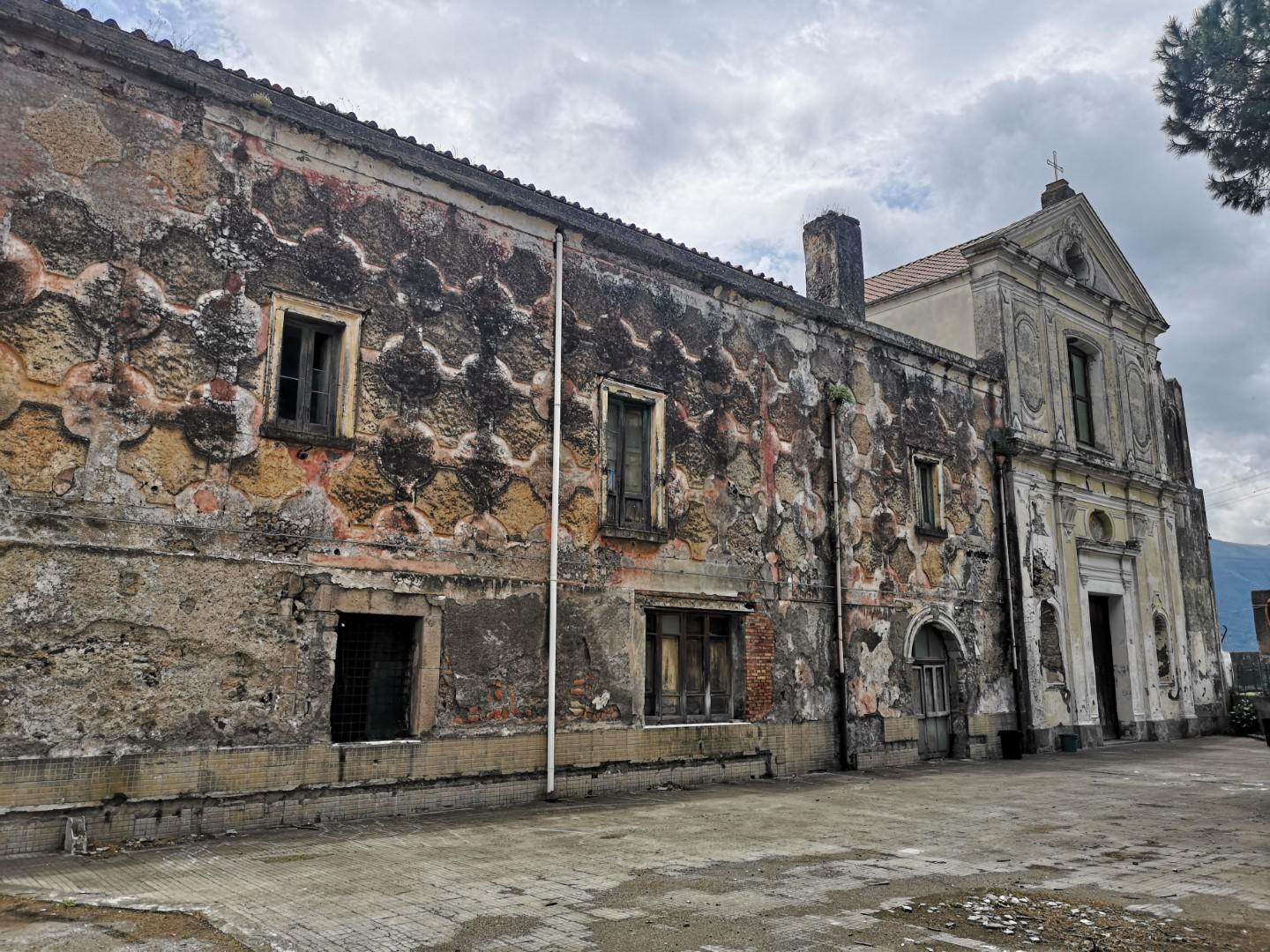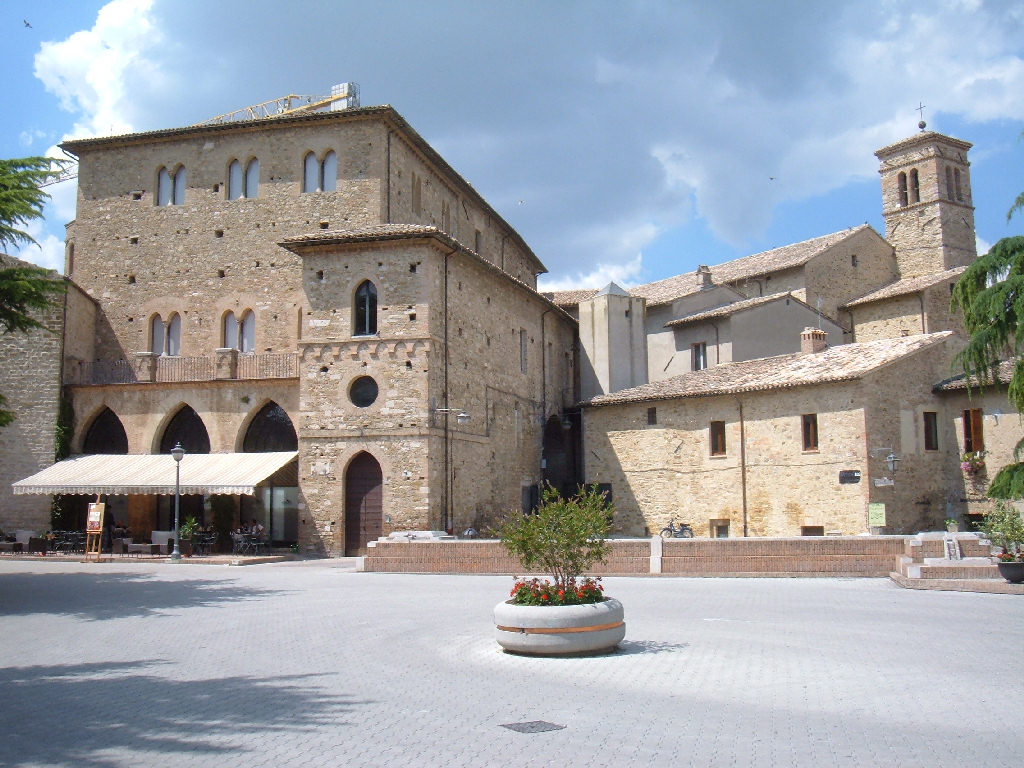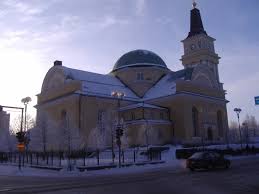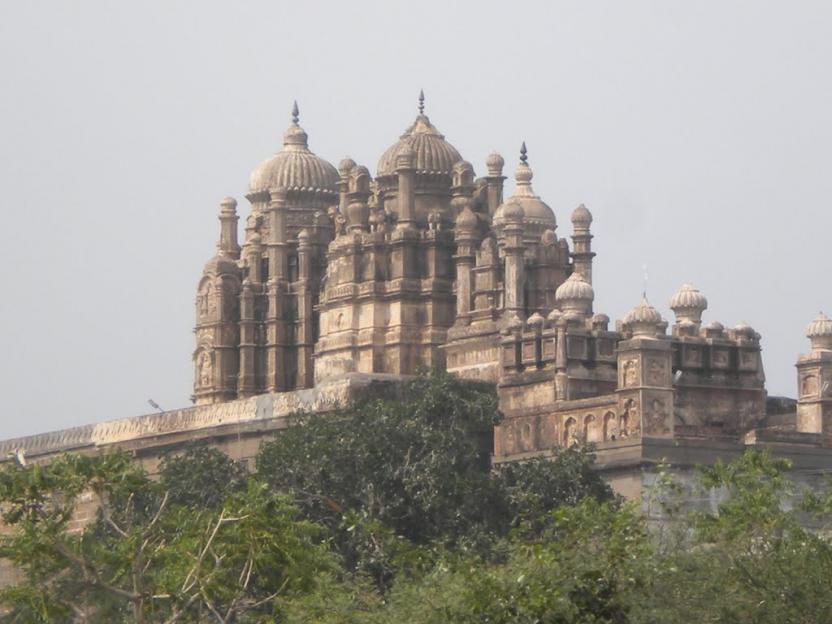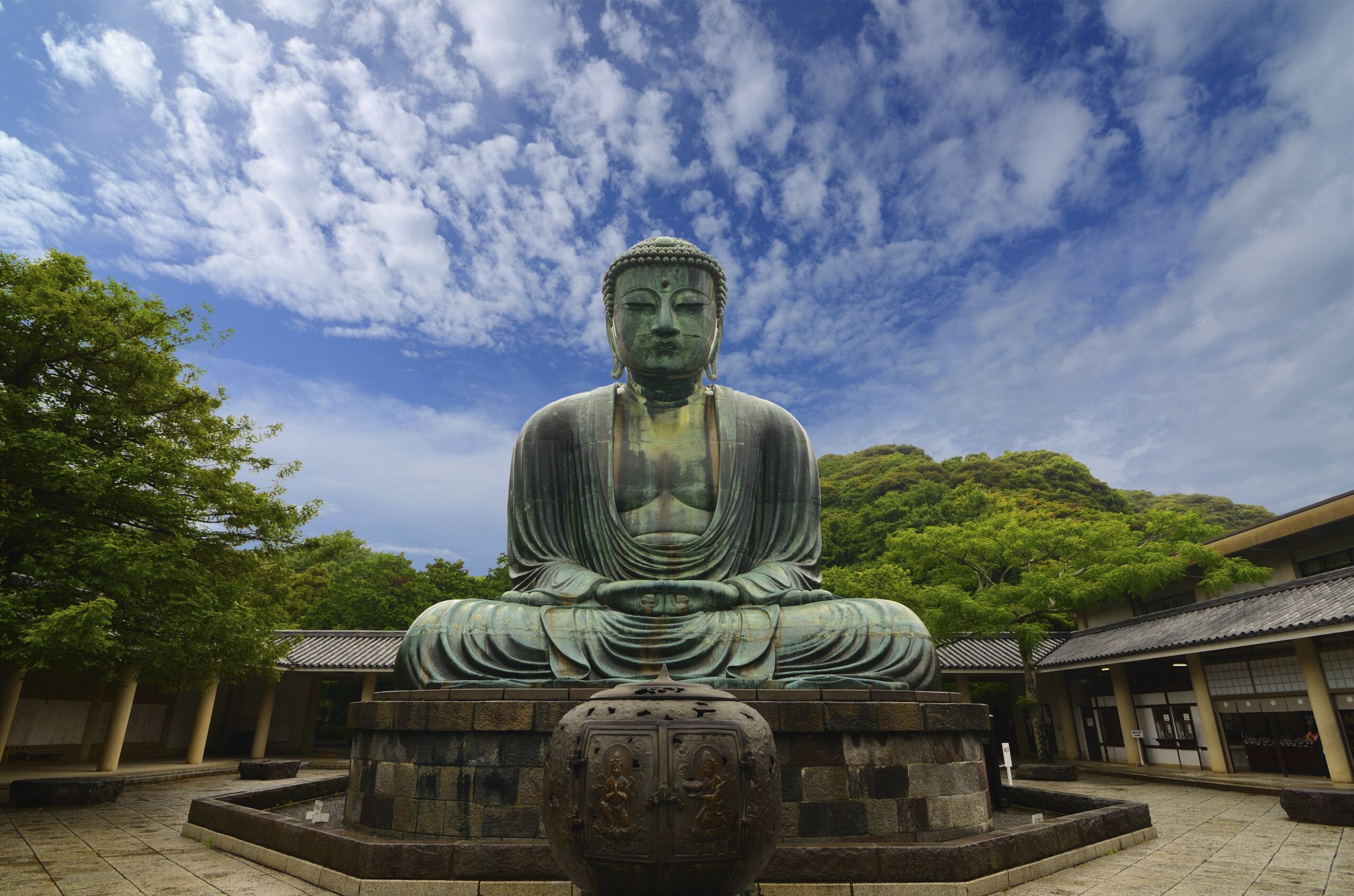Embark on a journey back in time to discover the ancient Buddhist stupas of Peshawar, a testament to the region’s rich Buddhist heritage.
As you wander through the ancient streets of Peshawar, you’ll encounter remnants of a bygone era, where Buddhist monks once roamed and meditated in the shadow of towering stupas. These sacred structures, dating back centuries, stand as silent sentinels of a vibrant Buddhist civilization that once flourished in this land.
Each stupa tells a story of devotion and enlightenment, its weathered walls bearing witness to the passage of time. Amidst the hustle and bustle of modern life, these ancient relics offer a glimpse into the spiritual legacy of Peshawar.
The Kanishka Buddhist Stupa, situated in Hazara Khawani, is a testament to the rich Buddhist heritage that once flourished in the region. This ancient stupa, believed to have been built during the reign of the Kushan Emperor Kanishka in the 2nd century CE, stands as a majestic reminder of a bygone era.
As you approach the stupa, you’re immediately struck by its grandeur and historical significance. The structure, though weathered by time, still retains its magnificence, with remnants of intricate carvings and architectural details that hint at its former glory.
Walking around the stupa, you can’t help but feel a sense of awe and reverence for the craftsmanship and devotion that went into its construction. Each stone seems to whisper stories of the past, offering a glimpse into the lives of those who once worshipped here.
For history enthusiasts and spiritual seekers alike, a visit to the Kanishka Buddhist Stupa is a journey back in time, a chance to connect with the ancient traditions and wisdom of the Buddhist civilization that once thrived in this land. It’s a place of reflection, contemplation, and a profound sense of wonder at the mysteries of the past.


